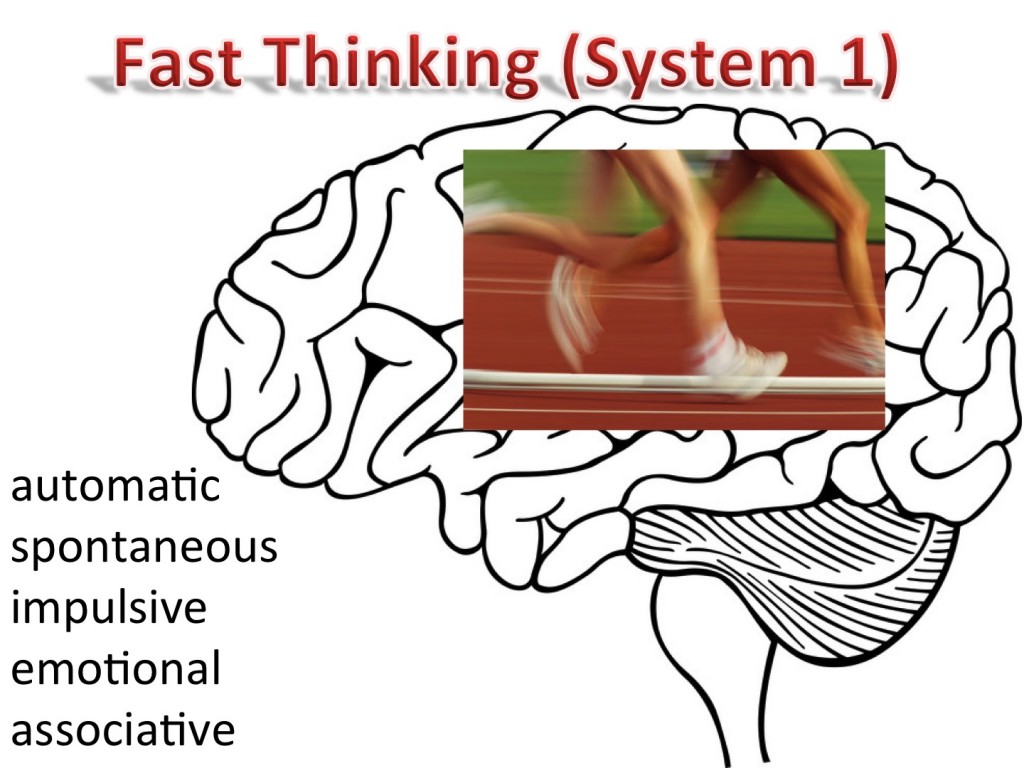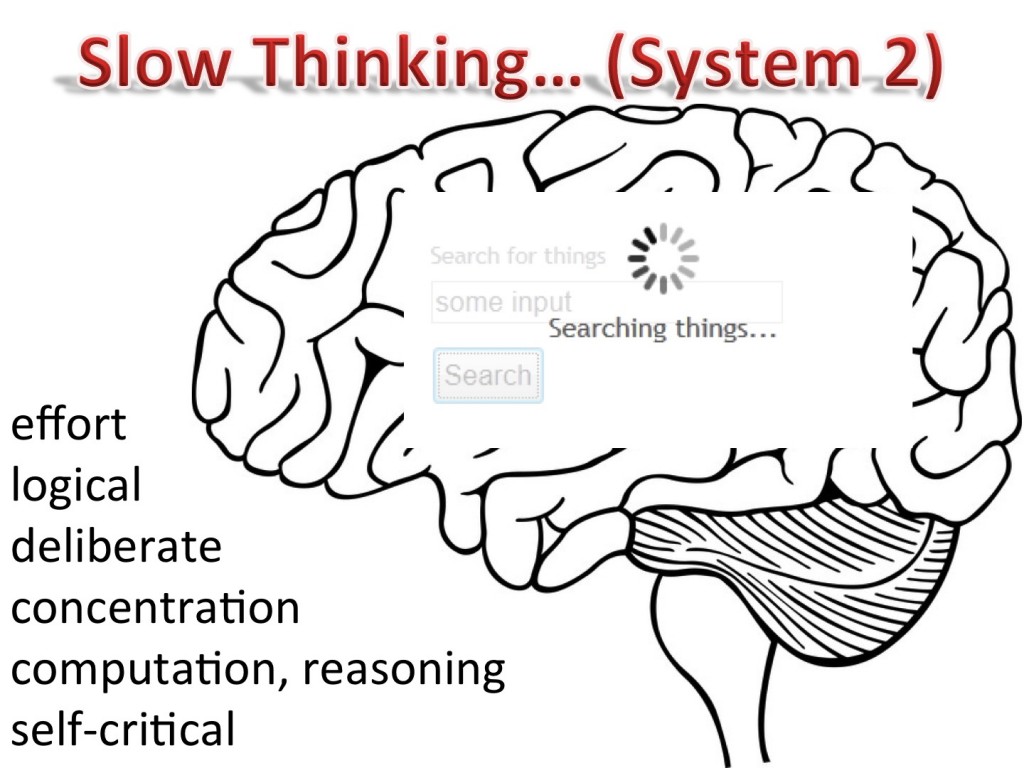On Thinking
Daniel Kahneman, in Thinking Fast and Slow, introduces two “systems” of thinking: fast or type 1, and slow or type 2. We don’t actually have two different parts to our brains—but we do have two distinct types of thinking mechanisms, each with their respective strengths and drawbacks. Fast thinking happens automatically with little or no effort or sense of voluntary control. Quick, what’s your first reaction to this photo?
My immediate visceral reaction: “That dog is ugly! It looks crazed, angry…. scary.”
The dog is Peanut, winner of the 2014 Ugliest Dog contest. His wild hair, bulging eyes and protruding teeth are at odds with his sweet personality. Holly Chandler of Greenville, North Carolina, Peanut’s owner says he was seriously burned as a puppy, resulting in bald patches all over his body. Peanut is healthy now and nothing like my first impression.
In a nutshell, fast thinking is automatic (we do not have to work at it), impulsive (we can’t easily control it) and emotional (once I’ve told you a little about Peanut you probably feel sorry and sad and more positive towards Peanut, despite your initial reaction). Fast thinking draws on our amazing abilities to quickly form associations between related things. When it works well, we easily come to conclusions, draw out inferences, and confidently decide without breaking a sweat.

It’s sweet when your associative memory clicks along in high gear providing ready answers. But fast thinking can be subtly and easily biased. The variety of cognitive biases we have is astonishing.
In contrast, slow or system 2 type thinking requires energy. We get tired when we do a lot of slow thinking. We use slow thinking to reason logically, compute, or, surprisingly, when paying attention to someone speaking to us in a crowded noisy room. Both writing code and writing prose are slow thinking tasks for me. Reasoning about the cause of a bug is too. The fast cycles of strict TDD help some with breaking up the necessary slow thinking into more manageable chunks. For me, deciding what the test should be and how to implement my design ideas are almost always slow thinking tasks. Writing code may or may not be, depending on how familiar I am with the programming language, tool set and design context.

It is too simplistic to say that our brains are wired to be either emotional or logical. We don’t always get to choose which form of thinking we use. Even more interesting is how the two systems interact. Our system 2 constantly monitors our system 1 thoughts, and kicks in when it notices an inconsistency, saying, “Hmm…that doesn’t seem right,” perhaps leading to some conscious system 2 thinking and problem solving.
But as this two-star Amazon reviewer observes, Kahneman’s book doesn’t contain easy-to-digest pop psychology advice for how to be a better thinking being:
“Peace to all...The idea of system 1 and 2 for the brain was the twist. (System 1 is impulsive autopilot, system 2 reflective and analysis oriented) Other than that, the book is filled with too many experiments that i felt didnt add practical value to me. I was hoping for practical solutions to help make those two systems work together in harmony...the book did NOT deliver that which was disappointing.”
Kahnman won’t fill you with sound-bite sized advice on how to sharpen your thinking. So what can you do now that you are aware of how you think? Are there ways to counteract the bad things about these systems and amplify the good things? I think so.
Since reading Kahnman, I’ve observed how my environment affects my thinking and how my thinking demands shift from task to task. Sometimes fast thinking trips me up because what I assumed made it difficult for me to really see things as they were. I keep working to counteract cognitive biases of my own and those I work with. I’ve become more aware when others don’t react as I expect or aren’t making “logical” decisions. I've become more understanding and less impatient.
I am experimenting with ways to support and enhance system 2 thinking in others and myself. I find that I need to carve out a space where I can work without distraction and have enough time to get deeply engaged in a challenging system 2 type task. I am easily distracted by noise or visual stimulation. I also find the Pomodoro technique doesn’t help me get more work done. I don’t have a problem with focus. My problem is knowing when to take a break. And I don’t easily get back on task after a 5 minute break. Your experience no doubt varies. Our brains don’t work the same way. Let’s continue exploring how our daily work practices enhance our thinking and where we need to take extra care and pay more attention.